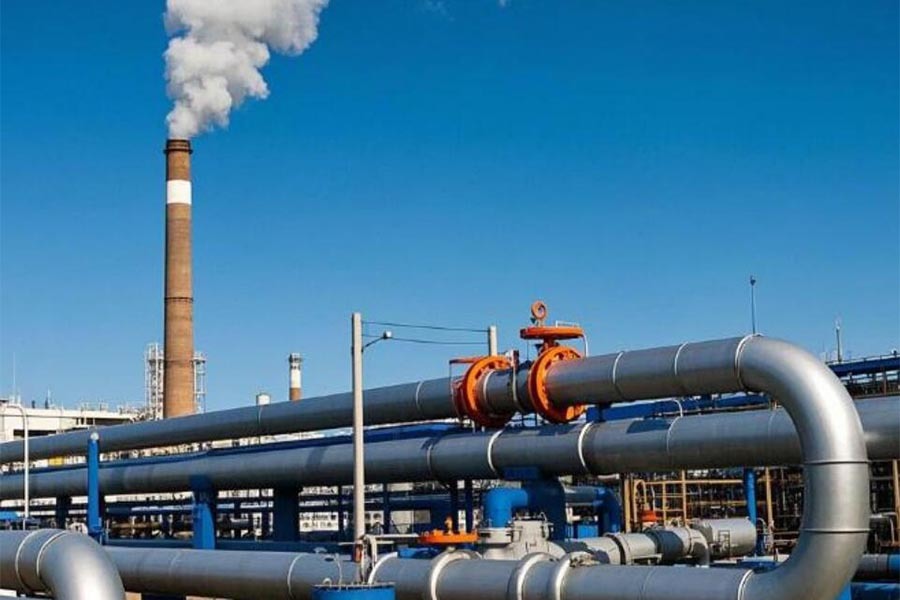What information and procedures are required for natural gas transportation by ship
Release time:
2022-07-28
Natural gas transportation by ship requires the preparation of the following information and procedures
Natural gas transportation by ship requires the preparation of the following information and procedures:
Booking power of attorney: including information of consignor and consignee, describing clearly the gross weight and net weight of single piece as well as the form of packaging and the number of pieces of inner packaging.
English MSDS (Material Safety Data Sheet): detailing the physical and chemical properties of the gas and the transportation items, the shipowner will decide the mode of transportation based on this information.
Tank certificate: Whether it is the owner's own tank or the owner's tank, the tank certificate is required.
Dangerous goods declaration information: according to the requirements of different shipping companies and shipping agents, prepare and submit the declaration information in advance.
Transportation and crating matters: including delivery into the warehouse and factory door point trailer two modes of operation, need to use the fleet with dangerous goods qualification, and by experienced dangerous goods truck driver operation.
The specific process of natural gas transportation includes the following steps:
Determine the form of trade: whether it is a general trade import or temporary import and export, temporary import and export is divided into a variety of modes such as first in, then out and first out, each mode requires different procedures and information.
Filing, underwriting, surrender and other formalities: temporary import and export involves filing, underwriting, surrender and other formalities and exchange amount.
Dangerous goods declaration: according to the requirements of different shipping companies and shipping agents, prepare and submit declaration information in advance.
Transportation and crating: Delivery into warehouses or factory door point trailer, need to use the fleet with the qualification of dangerous goods, and operated by experienced drivers of dangerous goods vehicles.
Safety measures for natural gas transportation:
Low Temperature Storage and Transportation: Natural gas forms a colorless, odorless, transparent liquid when liquefied, and is usually transported and stored at temperatures very close to its boiling point at atmospheric pressure (approximately -160°C).
Protection against leaks and explosions: LNG is combustible in the range of 5% to 15% by volume in air, and combustible mixtures can explode and burn in confined spaces. Therefore, strict protective measures must be taken to ensure safety.
More information




